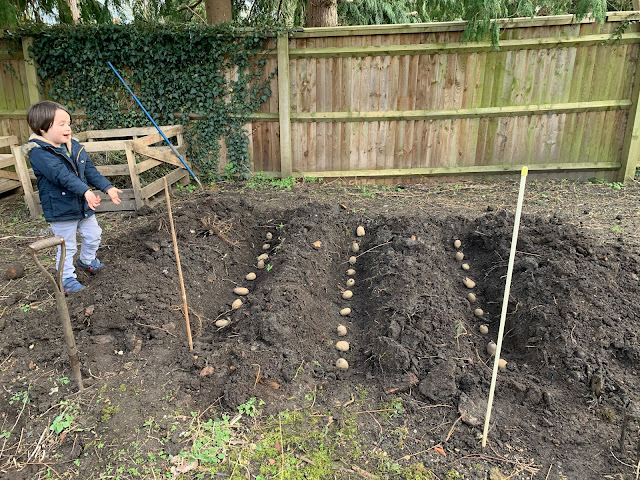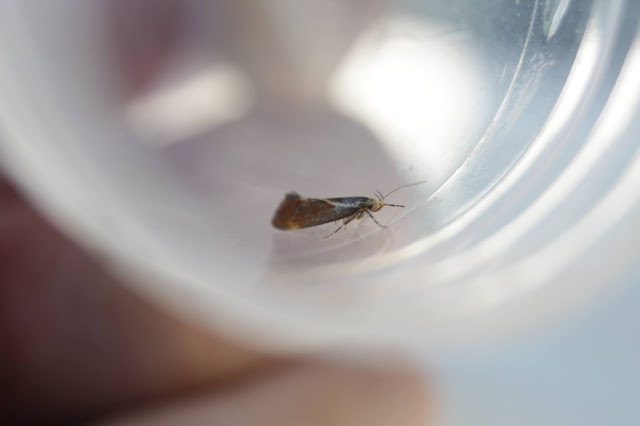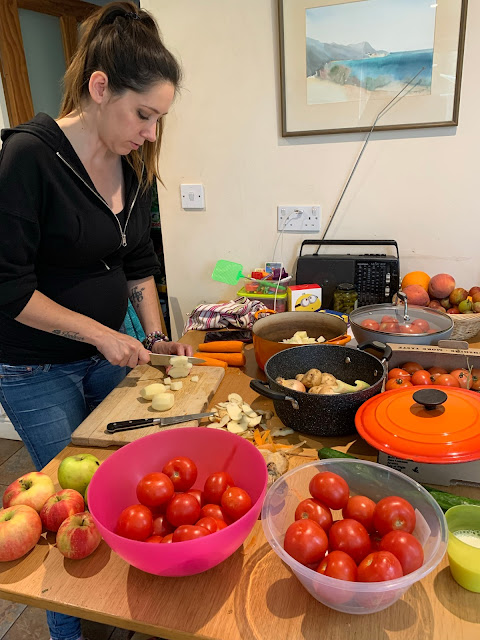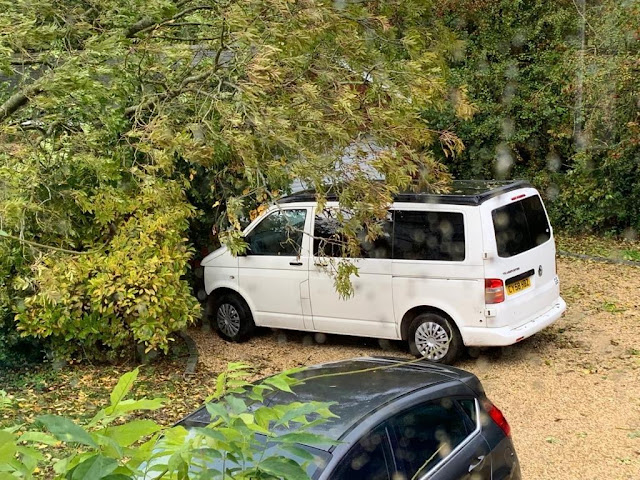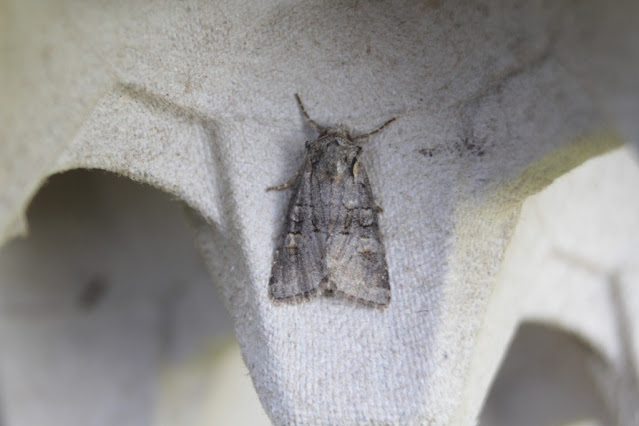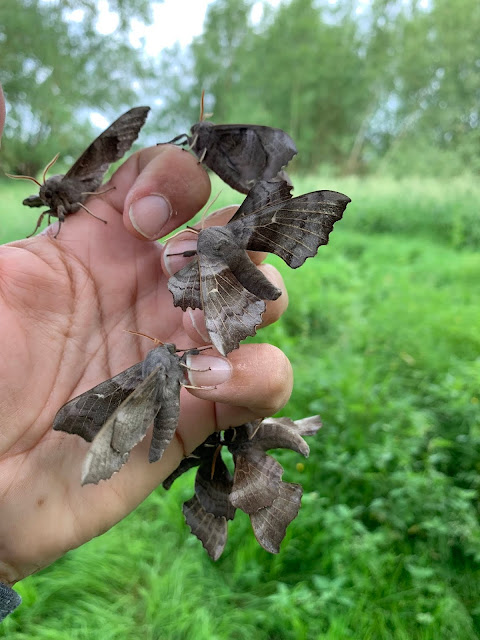The mini-zoo continues to evolve at the Old Vicarage. So far one Syrian Hamster, 14 tropical fish ( 1 Amazon Angel Fish, 1 Siamese-fighter, 4 Neon Tetras, 4 White-lined Mountain Minnows, 2 Sword-tail Guppies and 2 Varied Platy) , 1 Leopard Gecko, 1 Dartmoor Pony and 3 smelly Dogs. That's an additional 10 species to add to the 1020 species which are either wild or naturalised in the garden.
Friday, 31 December 2021
Monday, 27 December 2021
The Year in Numbers, 2021
So here are a few very basic and rough and unready metrics for 2021 that we measure our small organisation. LITTLE OAK GROUP , annual productivity by with using a triple bottom line framework- Economic Capital, Natural Capital and Social Capital. It's a mess but its a start. These are small numbers for small minded people like us and basically any individual or any small company can measure their success in this kind of framework and use it for healthy competition and fun purposes. It could be possible to elaborate on this and use standardisation and scoring systems and indices to get an annual all round score and rank organisations and individuals within a sustainability framework (to provide an alternative to a GDP framework). Who knows instead of FTSE indices in the future we might have Triple Bottom Line Indices with investors being given better choice over ethical investments and the companies who score low in Sustainability could be put in higher tax brackets too to encourage higher share prices for the all round performing companies? A lot of this information will be available to big data companies anyway (through companies house and internet activity and measuring things like negative feedback/complaints on social media etc) who could build company profiles and rank them for investment guidance even without their permission (I guess Ethical Consumer already do something like that). Governments could also harvest this information and use it to measure individual sustainability behaviour and reward/punish those within a social credit scoring system etc. Alternatively anyone could equally utilise a similar approach of data harvesting and measuring productivity for negative objectives so I guess its an important game to be in to counter that. Anyway here is our penny's worth.
ECONOMIC CAPITAL
Turnover and profit for 2021
Approx £300,000 at 25.5% profit across handled contracts
Net assets
Shares across land, properties, enterprise values and holdings in stocks and cryptocurrency: approx £2.5 million across distributed network (owned by directors)
NATURAL CAPITAL
Land (not including property) owned and/or directly managed
Approx: 5 acres in UK and Bulgaria
Land managed indirectly/ contribution to management
Little Oak Tree and Garden care service over 500 private gardens and communal blocks equal to approx 64 acres not including nature reserves and public spaces (enormous areas over 500 hectares).
Project Species Inventory Totals
The Old Vicarage: 1020 species (including priority species) all time, 6976 moths of 427 species in 2021
Beddington Farmlands: 2000+ species (including priority and red data species) all time. (See next years report for more)
Natural Capital Monitoring Effort Indicators
Ebird checklists in 2021: 131 (approx 400 hours)
Irecord checklists in 2021: approx 100 (approx 200 hours)
Rarities found: Elevation of Short-billed Gull to full species status was the best 'find' of the year (a first for the WP), also a few county rarities but overall not a great year. Two Vagrant Piercers in Bucks and Oxon were the best moth finds (both less than 10 records for the counties).
Carbon Accounts
On our negative side we have fossil fuel vehicles for work and also flights to overseas projects. On our positive we plant and protect trees and shrubs and store carbon in the approx 70 acres of land we directly or indirectly manage. Would need to measure more precisely but we must be on our way to carbon neutrality and if you include the counterfactual- (if a regular tree or garden company managed those 70 acres they would cut down everything in sight and block pave/ astro turf it) then we are presumably in a strong positive position?
Net Biodiversity Gain Accounts
These results will be in our project reports such as the Beddington Farmlands Bird and Wildlife Report etc. Difficult to make simple conclusions but overall where we do measure things there are lots of positives. Again another area for more work.
SOCIAL CAPITAL
Facebook Pages Metrices
Beddington Farmlands: 4.7 stars, top post had a reach of 18.5K, 1877 followers
Blog Views
153,000 in 2021, 1.69 million all time for Non-stop Birding (the Corvo blog gets another 14K or so mainly in October)
Publications in 2021
Beddington Farmlands Bird Report (1), Portuguese Rarities Committee Report (1), Birdwatch/Birdguides article (2 including a re-release)) Telegraph and Source Material (1- contributed to)
Total Number of Project Publication Reads on Research Gate
11328 reads (all time) 62.8 research interest (which is 58% higher than average on this platform)
Other social media metrics
On our April Bulgaria trip we did some Tik Tok videos with Dylan and one of them went viral with 4.5 million views. Ridiculous.
Also on Twitter with a slowly increasing following (although Twitter is a bit dry and serious for what we do, facebook is a better and more down to earth platform for remtards like ourselves )
Personal bird and moths lists (mine)
All time world bird list: 2945 (a few armchair ticks plus Long-toed Stint and Great Snipe this year) (Bubo)
All time WP bird list: 706 (LT Stint and Great Snipe this year) (Netfugl)
All time WP mammal/cetacean list: 95 (nothing new) (Kept in Aulagnier et al plus Cetaceans from Wikipedia)
All time WP Moth List (mainly UK so far) : 778 (at least 70 lifers this year mainly from the Old Vic) Private lists.
Azores Bird List: 242 (nothing new as didn't visit this year) (Rodebrand list)
Beddington Farmlands Bird List: 224 (nothing new)
Oxfordshire Bird List: 169 (15 new ones this year)
Surrey Bird List: 243
The Old Vicarage Bird List: 87
British Bird List: Couldn't give any less of a fuck (too much traffic on the UK roads to bother with this :-) )
Sunday, 26 December 2021
Ebird 2021 Review
This is a fascinating read! Inspiring developments and growth have occurred in 2021 with huge developments in Ebird applications for nature conservation and lots of new fun features for birders. I'm looking forward to play around with the new Trip Reports function.
Direct link HERE
Happy Xmas
Happy xmas!
Top presents (mainly from myself to myself) below:




